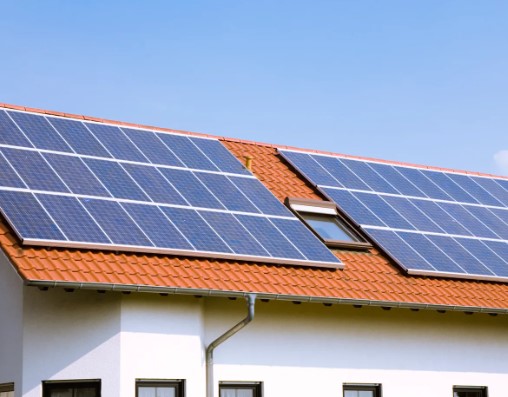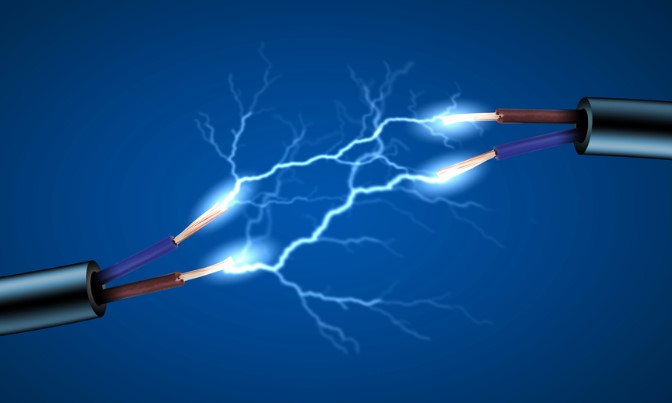Understanding the Factors Behind Solar Panel Energy Loss
Solar energy has emerged as a leading contender in the global shift towards sustainable and renewable energy sources. Solar panels, which convert sunlight into electricity, play a pivotal role in harnessing this abundant resource. However, like any technology, solar panels are not without their limitations. In this article, we will delve into the various factors that contribute to energy loss in solar panels, and how advancements in technology and maintenance practices are mitigating these issues.
Unraveling the Factors Behind Energy Loss in Solar Panels
Reflection and Absorption Losses
When sunlight hits the surface of a solar panel, some of it is reflected away, while some is absorbed by the material. This phenomenon leads to energy losses. Advances in anti-reflective coatings and textured glass are helping to reduce these reflection and absorption losses, thereby increasing overall energy yield.

Temperature-Induced Degradation
Solar panels operate more efficiently at lower temperatures. However, they can become quite hot when exposed to direct sunlight for extended periods. This increase in temperature leads to a phenomenon known as temperature-induced degradation, or TID. Over time, TID can lead to a reduction in the efficiency of the solar panel. Innovative cooling techniques, like water or air-based systems, are being employed to counteract this effect and maintain optimal operating temperatures.
Dust and Dirt Accumulation
Dust, dirt, and other pollutants can accumulate on the surface of solar panels, reducing their ability to absorb sunlight. This buildup can lead to significant energy losses over time. Regular cleaning and maintenance are essential to ensure panels operate at their full potential. Additionally, some newer panels feature self-cleaning technologies, which utilize hydrophobic coatings or robotic systems to remove dirt and debris.
Mismatched Panels in Arrays
In larger solar installations, panels are often connected in series or parallel to create an array. If panels within an array are not well-matched, it can lead to what is known as "mismatch losses." These occur when some panels produce less electricity than others due to differences in factors like degradation, shading, or manufacturing variations. Monitoring systems and technologies that optimize the connections between panels help mitigate this issue.
Shading and Obstructions
Shadows cast on solar panels can significantly reduce their energy output. Even a small amount of shading on a single cell can disrupt the entire panel's performance. To counteract this, engineers are employing technologies like bypass diodes, which allow the current to bypass the shaded cell, ensuring uninterrupted energy production.
Inefficiencies in Photovoltaic Cells
One of the primary reasons for energy loss in solar panels is the inherent inefficiency of photovoltaic cells. These cells are responsible for converting sunlight into electricity. Traditional silicon-based cells, while widely used, can only convert a portion of the incoming sunlight into usable electricity. This efficiency is influenced by factors such as temperature, angle of incidence, and the quality of the cell itself. Newer technologies, like perovskite and multi-junction cells, show promise in improving conversion rates. Understanding the knowledge about watts to amps is relevant when considering solar panel energy loss.

Aging and Degradation
Over time, solar panels can experience wear and tear due to exposure to the elements. This can lead to a decrease in their overall efficiency. Regular inspections and proactive maintenance can help identify and address any issues early on, ensuring that panels continue to perform optimally throughout their lifespan.
Conclusion
While solar panels have revolutionized the way we harness energy from the sun, they are not immune to energy losses. Understanding the factors contributing to these losses is crucial for maximizing the efficiency and longevity of solar installations. Through ongoing research, technological advancements, and vigilant maintenance practices, the industry is working towards reducing energy loss and further establishing solar energy as a cornerstone of a sustainable future.
